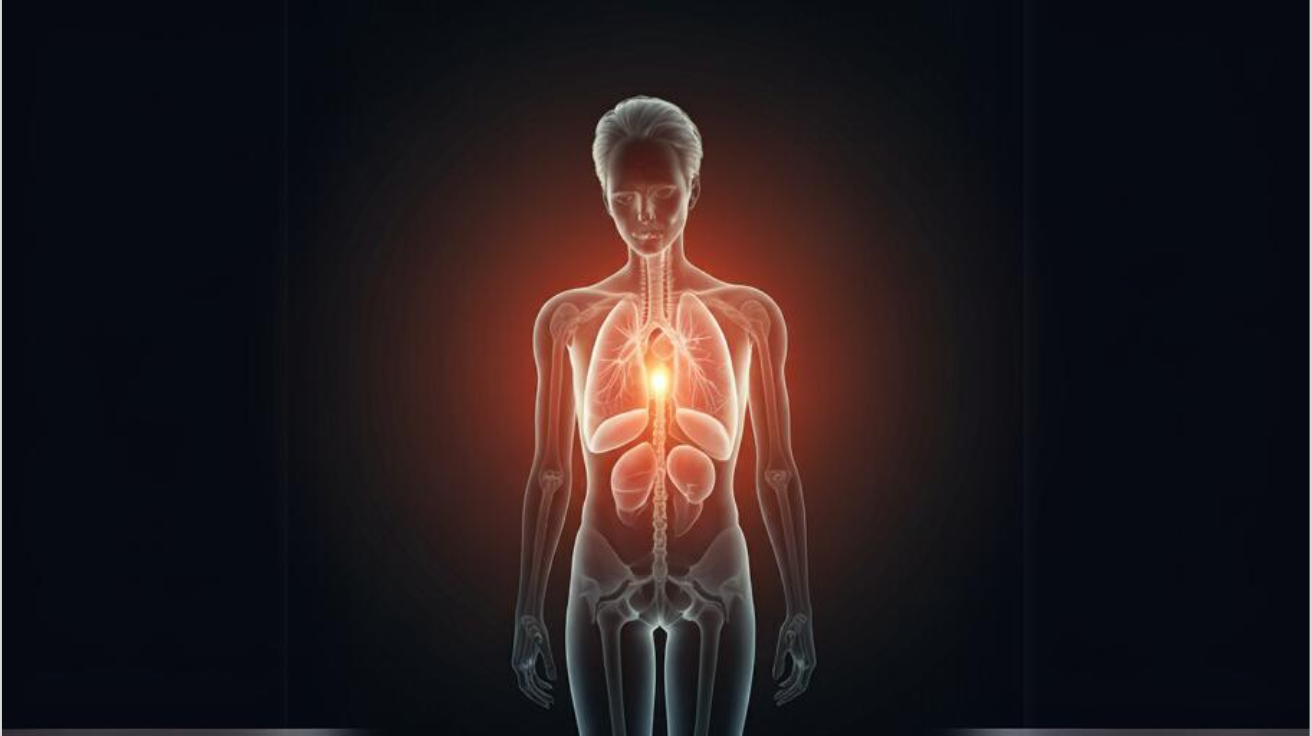Angina: Symptoms, Recognition, and Action Steps
Angina is a term that describes chest pain or discomfort that occurs when the heart muscle does not receive enough oxygen-rich blood. It is often a symptom of coronary artery disease (CAD), where the arteries supplying blood to the heart become narrowed or blocked. Understanding angina, its symptoms, and what actions to take when experiencing these symptoms is vital for maintaining heart health and preventing serious complications.
What Is Angina?
Angina can be classified into two primary types: stable and unstable.
Stable Angina: This is the most common form and typically occurs during physical activity or emotional stress. The pain is predictable, often easing with rest or medication. Stable angina signals that the heart is not receiving adequate blood flow, but it does not typically indicate a heart attack.
Unstable Angina: This form of angina is more serious and unpredictable. It can occur at rest or with minimal exertion and may last longer than stable angina. Unstable angina may not respond to rest or medication and can signal an impending heart attack, making it a medical emergency.
How to Recognize Angina Symptoms
Angina symptoms can vary among individuals, but there are common signs to watch for:
Chest Pain or Discomfort: The most recognizable symptom is a feeling of pressure, squeezing, fullness, or pain in the center or left side of the chest. This sensation may last for a few minutes or go away and come back.
Pain in Other Areas: The discomfort may radiate to other parts of the body, including the arms, back, neck, jaw, or stomach. Women may experience different symptoms, such as fatigue, shortness of breath, or indigestion.
Shortness of Breath: This can accompany chest pain or occur independently, especially during physical exertion.
Nausea or Sweating: Some people may experience nausea, lightheadedness, or cold sweats during an angina episode.
It’s important to note that not everyone with angina will experience the same symptoms. Therefore, recognizing the personal signs and patterns can help individuals react promptly to potential angina episodes.
What to Do If You Experience Angina
If you suspect you are experiencing angina, here are steps to take:
Rest and Stop Activity: If chest pain or discomfort occurs during physical activity, stop immediately and rest. Sit down in a comfortable position until the symptoms subside.
Use Nitroglycerin: If you have been prescribed nitroglycerin for angina, take it as directed. This medication can help relax and widen blood vessels, allowing more blood to flow to the heart. It’s typically taken sublingually (under the tongue) for quick relief.
Monitor Symptoms: Keep track of the duration, intensity, and frequency of symptoms. Note any patterns or triggers that lead to angina episodes, which can be helpful for discussions with your healthcare provider.
Seek Medical Attention: If angina symptoms do not improve after resting or using medication, or if they worsen, seek emergency medical assistance immediately. Unstable angina requires prompt evaluation and treatment, as it may signal a heart attack.
Consult Your Healthcare Provider: Following any episode of angina, schedule an appointment with your healthcare provider. They can evaluate your heart health and determine the best course of action, which may include lifestyle changes, medications, or further diagnostic testing.
Lifestyle Changes to Manage Angina
In addition to recognizing and responding to angina symptoms, making certain lifestyle changes can help manage and reduce the risk of future angina episodes:
Adopt a Heart-Healthy Diet: Focus on a diet rich in fruits, vegetables, whole grains, lean proteins, and healthy fats. Reducing sodium intake can also help manage blood pressure and overall heart health.
Engage in Regular Exercise: Regular physical activity strengthens the heart and improves circulation. Aim for at least 150 minutes of moderate aerobic activity each week, as advised by your healthcare provider.
Quit Smoking: Smoking is a significant risk factor for heart disease and angina. Quitting smoking can greatly improve heart health and reduce the risk of angina.
Manage Stress: Chronic stress can trigger angina symptoms. Incorporating relaxation techniques, such as deep breathing, meditation, or yoga, can help manage stress levels effectively.
Control Comorbid Conditions: Conditions such as high blood pressure, diabetes, and high cholesterol can increase the risk of angina. Managing these conditions with the help of healthcare providers is essential for heart health.
The Role of Chatdok in Angina Management
Chatdok, an advanced medical chatbot, can provide valuable support for individuals dealing with angina. Here’s how it can assist:
Symptom Tracking and Monitoring: Chatdok allows users to log their angina symptoms, noting the intensity, duration, and triggers. This data can help identify patterns and facilitate discussions with healthcare providers.
Medication Reminders: If prescribed medication for angina, Chatdok can send reminders to ensure timely doses and adherence to treatment plans, enhancing the effectiveness of the prescribed regimen.
Lifestyle Guidance: Chatdok can offer personalized tips and resources for maintaining a heart-healthy lifestyle, including dietary suggestions and exercise recommendations tailored to individual needs.
Emotional Support: Experiencing angina can be distressing. Chatdok provides resources for managing stress and anxiety, offering coping strategies to help users feel more empowered and less isolated in their health journey.
Access to Medical Information: Chatdok can provide reliable information on angina, its management, and related heart health topics. This enables users to make informed decisions about their health care and lifestyle choices.
Conclusion
Recognizing and responding to angina symptoms is vital for heart health. By understanding what angina is, knowing how to identify its symptoms, and taking appropriate actions, individuals can protect their hearts from serious complications. Adopting a heart-healthy lifestyle and utilizing resources like Chatdok for support can further enhance the management of angina and contribute to overall well-being.
Taking proactive steps can lead to better heart health and improved quality of life, making it possible to lead a fulfilling, active lifestyle while minimizing the risks associated with angina and other heart-related conditions.



